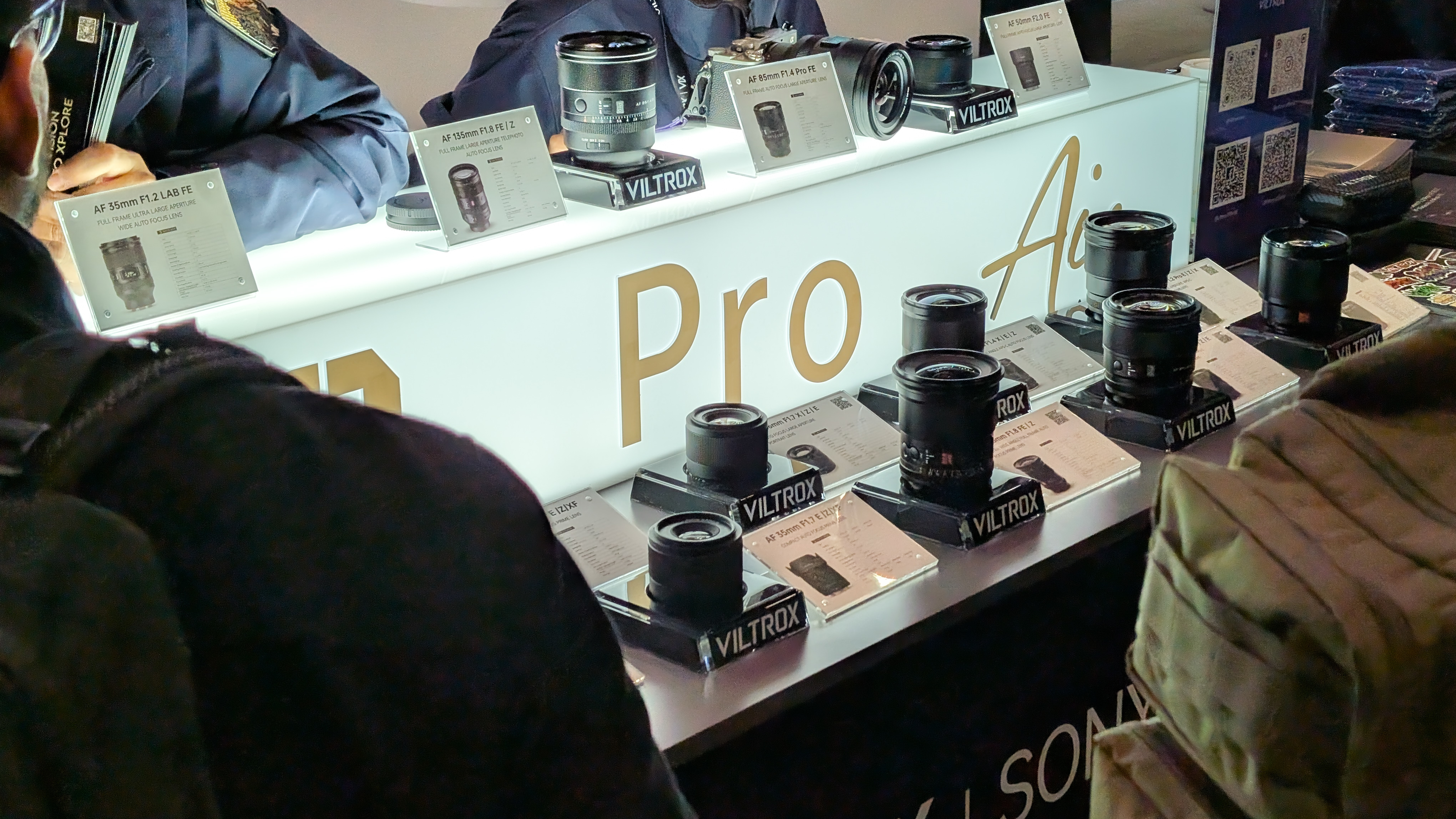
At this year's The Photography & Video Show, one thing is clear: third-party lenses are making a big splash. And if I were a big first-party lens brand like Canon, Nikon or Sony, I’d definitely be worried.
Traditionally, first-party lenses have been considered the gold standard in optics, but that perception is changing. Sigma and Tamron have made significant gains in the last several years, revolutionizing their own lenses' build quality and optics, while not compromising on value.
But now, even more independent lens makers from outside Japan are producing glass that rivals – and sometimes surpasses – first-party options in quality. Samyang and Viltrox, for instance, have developed fast-aperture primes with excellent autofocus performance, often at half the cost of their brand-name counterparts.
Third-party brands have also shown their agility. Unlike Canon or Nikon – which are often slow to move, and focus on mainstream lenses and traditional focal lengths that are almost guaranteed to sell in high volumes – smaller companies are quick to release niche products and experimental focal lengths.
Case in point, at the Photography & Video Show 2025, Laowa has given center stage to its range of affordable super macro lenses and probe lenses, pushing an area that major brands have largely ignored.
The rise of video content creation has been a game-changer, and third-party brands are leading the way. Companies like Sirui and Meike have introduced affordable anamorphic lenses and budget-friendly cinema primes, making professional video optics more accessible.
You can argue that some camera makers have felt the growing threat of third-party lenses for some time. While brands like Sony have embraced third-party lens support, Canon has restricted RF mount access – clearly an attempt to stifle better value competition but frustrating consumers. Nikon, meanwhile, is only cautiously licensing its Z-mount to select third-party brands.
However, the growing number of third-party lens brands at The Photography & Video Show, along with crowds of professional photographers flocking to their stands, shows that first-party lenses certainly no longer have the stranglehold on the market that they once did.
With the gap in image quality being erased, if first-party manufacturers continue pricing their lenses at a premium, how many photographers will continue to be swayed by branding and not simply opt for more affordable alternatives? With third-party brands offering quality, innovation and affordability, first-party lenses need to become more competitively priced – or risk losing out.
You might also like...
Check out our guides to the best Canon RF lenses, the best Nikon lenses, or the best Sony lenses.







